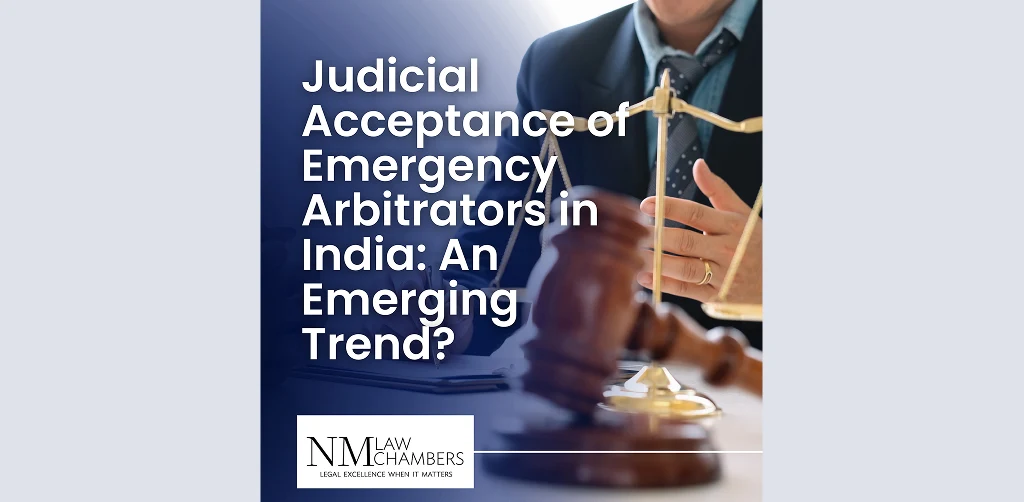Introduction to SPACs: A New Route to Market Access Special Purpose Acquisition Companies, or SPACs, have emerged in recent years as a disruptive innovation in capital markets, offering an alternative pathway for companies to go public without the rigours of a traditional Initial Public Offering (“IPO”). Though the phenomenon gained prominence in the United States, its ripple effects have been felt across international jurisdictions, including in India. The key debate in financial and legal circles today is whether SPACs represent a temporary speculative bubble or a transformative vehicle for the future of fundraising. With Indian companies increasingly looking to list overseas via SPACs, the relevance of this question for India’s regulatory and corporate landscape is growing rapidly. What is a SPAC and How Does it Work? A SPAC is constituted as a shell corporation devoid of commercial operations, formed for the express purpose of effecting a business combination with an operating entity. The SPAC itself has no operational business and is usually formed by sponsors such as experienced investors, industry professionals, or private equity firms, who contribute nominal seed capital. Once listed, the SPAC is given a time frame, usually 18 to 24 months, to identify and merge with a target company. If it fails to do so within the prescribed timeline, the SPAC is liquidated, and the capital raised is returned to investors. Once the acquisition is successful, commonly termed the “de-SPAC” process, the target company attains public company status by virtue of the SPAC’s pre-existing listing. Unlike traditional IPOs, SPACs facilitate a swifter route to public markets, allowing private companies to negotiate valuations and transaction terms directly with sponsors, thereby bypassing prolonged regulatory scrutiny and market volatility. The model offers considerable appeal to high-growth enterprises, particularly those in emerging or capital-intensive sectors, which may otherwise be ineligible for IPOs under existing profitability thresholds. Jurisprudential and Regulatory Evolution of SPACs Globally The use of SPACs increased significantly in the United States between 2020 and 2021, with over 250 SPACs listed in a single calendar year, aggregating over USD 80 billion in capital. This exponential rise was facilitated by historically low interest rates, abundant liquidity, and an insatiable investor appetite for speculative yet high-potential instruments. Prominent institutional investors, hedge fund managers, and public figures lent credence to the structure, thereby expanding its legitimacy. However, this rapid expansion also gave rise to significant legal and regulatory concerns. The U.S. Securities and Exchange Commission responded by proposing a series of rule-making initiatives aimed at enhancing investor protection and ensuring parity with traditional IPO disclosures. These included imposing liability on sponsors and underwriters, mandating enhanced forward-looking disclosure obligations, and subjecting financial projections to heightened scrutiny. Similar responses were observed in jurisdictions such as Singapore and the United Kingdom. The Singapore Exchange formalised a SPAC framework incorporating minimum market capitalisation, escrow requirements, and sponsor due diligence obligations. The United Kingdom followed suit by amending its listing rules to facilitate SPACs under a regime of heightened governance. These frameworks underscore the global regulatory consensus that while SPACs can serve legitimate economic purposes, they require rigorous safeguards to mitigate systemic risk. SPACs in India: A Regulatory Overview India, in contrast, has not yet accorded statutory or regulatory recognition to SPACs. Presently, the Companies Act, 2013 and the Securities and Exchange Board of India (Issue of Capital and Disclosure Requirements) Regulations, 2018 do not permit listing of entities devoid of operational track records. Consequently, SPACs are impermissible under extant legal architecture. In March 2021, SEBI issued a consultation paper soliciting public feedback on the potential introduction of SPACs in India. The concerns flagged therein included the speculative nature of SPAC transactions, sponsor misalignment with investor interests, valuation opacity, and the need for adequate investor protection mechanisms. As of date, SEBI has refrained from enacting a definitive framework, citing the nascent state of India’s capital markets and the need for calibrated experimentation. Offshore Structuring by Indian Companies Despite the absence of domestic enabling legislation, several Indian-origin entities have accessed capital via foreign-domiciled SPACs. Noteworthy among them is ReNew Power, which consummated a USD 8 billion business combination with a U.S.-listed SPAC, and Grofers i.e., now Blinkit, which explored a similar route. These transactions reveal a growing trend of Indian issuers leveraging regulatory arbitrage to access foreign capital markets in a manner not permissible within India’s sovereign jurisdiction. However, such cross-border transactions raise a plethora of legal considerations, including compliance with the Foreign Exchange Management Act, 1999, transfer pricing implications, taxation under the Income Tax Act, 1961, and disclosure obligations under the SEBI (Listing Obligations and Disclosure Requirements) Regulations, 2015. The absence of direct regulatory oversight in these cases may leave Indian stakeholders—particularly minority shareholders and retail investors—exposed to asymmetric risk. Legal Risks and Concerns Inherent in the SPAC Structure The SPAC model is replete with structural concerns, foremost among which is the issue of sponsor compensation. SPAC sponsors are typically entitled to a “promote” of up to 20% of post-IPO equity, often acquired for nominal consideration. This embedded incentive structure may compromise fiduciary prudence, as sponsors may be incentivised to consummate transactions irrespective of the underlying commercial viability of the target company. Additionally, SPACs often rely on aggressive forward-looking projections to justify valuations, a practice that would attract closer regulatory scrutiny under traditional IPO norms. The jurisprudential lacuna surrounding the enforceability of such projections, and the relative immunity enjoyed by SPAC sponsors against liability for misstatements, undermines market discipline and investor protection. Numerous class actions filed in the United States alleging securities fraud and negligent misrepresentation in de-SPAC transactions bear testimony to these risks. Are SPACs Indicative of a Speculative Bubble? There is considerable academic and financial debate surrounding the sustainability of SPACs. Critics have likened the 2020–21 SPAC boom to speculative bubbles of the past, citing overvaluation, poor post-listing performance, and mass investor disillusionment. Empirical evidence suggests that a substantial number of de-SPACed entities underperform market benchmarks within the first year of listing, leading to wealth erosion for public shareholders. Nevertheless, it would be jurisprudentially flawed










